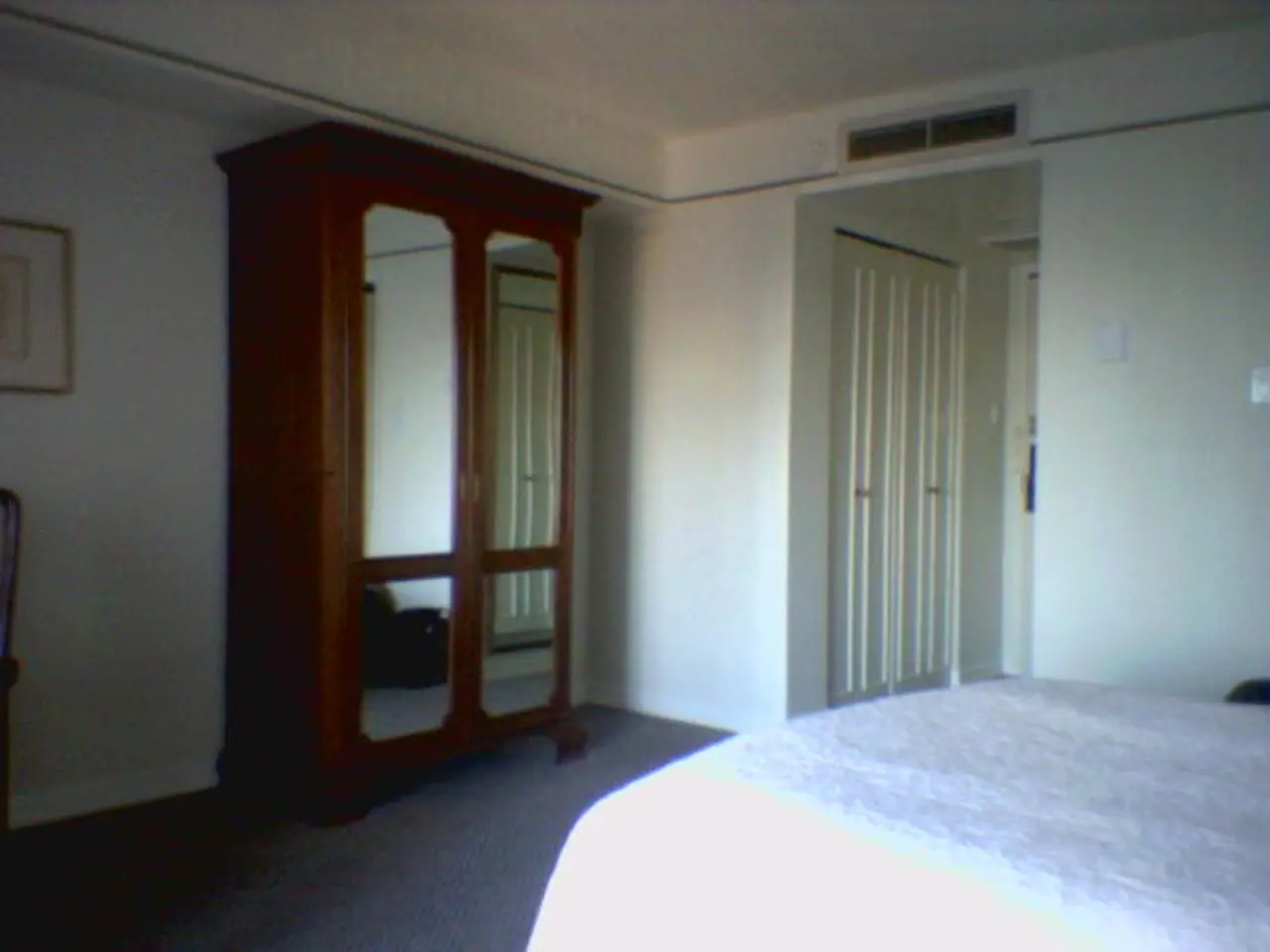Importance of Kitchen Ventilation: Beyond What YouInitially Perceive
In the heart of every home, the kitchen plays a pivotal role in daily life. However, this essential space can pose significant health, financial, and experiential challenges if it lacks proper ventilation.
Health Risks
Cooking emits air pollutants that can impact respiratory health. These pollutants include fine particles, nitrogen dioxide, carbon monoxide, and ultrafine particles. Poor kitchen ventilation allows these contaminants to accumulate indoors, sometimes even surpassing outdoor air pollution levels. This increases the risks for respiratory problems, worsens conditions like asthma, and can even raise lung cancer risk in non-smoking individuals frequently exposed to cooking fumes in poorly ventilated kitchens [1][3][5]. Children, elderly people, and those with respiratory conditions are especially vulnerable.
Home Value and Cooking Experience
Kitchens with proper ventilation contribute to better indoor air quality and comfort, which protects the home’s structural materials from damage caused by moisture and pollutants. Conversely, poor ventilation can lead to persistent odors, moisture buildup, mold growth, and costly repairs, ultimately reducing the home’s value and appeal to buyers [1].
For the cooking experience, good ventilation enhances comfort by rapidly removing smoke, odors, and excess heat, making cooking more pleasant and safer. It also prevents the kitchen air from becoming stuffy and protects appliances and surfaces from grease buildup [1].
Ventilation Solutions
Professional installation ensures optimal performance and safety, with proper electrical connections, secure mounting, and code-compliant ductwork. There are different types of kitchen ventilation systems, including range hoods, under-cabinet range hoods, wall-mount range hoods, and island range hoods. Each type offers specific advantages and works better in certain situations [2].
Energy-efficient ventilation choices include variable speed controls, timer controls, LED lighting, and heat recovery ventilation systems. The size of range hoods is crucial for optimal capture efficiency, with the hood at least as wide as the cooktop and additional width recommended [4].
Ductwork design significantly affects performance, with properly sized ducts, minimal bends, and direct routes to the exterior ensuring maximum airflow and efficiency [3]. Downdraft ventilation systems provide less effective ventilation than overhead range hoods.
Maintenance and Prevention
Regular maintenance of range hoods is crucial for peak efficiency and extended lifespan, with filter cleaning or replacement being the most important task [6]. Makeup air considerations are important for powerful ventilation systems to prevent backdrafting and comfort problems [7].
Without proper ventilation, cooking pollutants accumulate in the home’s air and circulate throughout the house via the HVAC system. Over time, exposure to these particles can contribute to respiratory problems, allergies, and other health issues [8]. High humidity from cooking can promote mold and mildew growth in areas where moisture accumulates [9]. Grease buildup extends far beyond visible surfaces, affecting light fixtures, cabinets, ceiling fans, and adjacent rooms [10].
In summary, good kitchen ventilation safeguards health, maintains home value, and improves the overall cooking environment, while poor ventilation leads to respiratory health risks, potential property damage, and an unpleasant cooking space [1][3][5].
[1] https://www.epa.gov/indoor-air-quality-iaq/kitchen-ventilation [2] https://www.consumerreports.org/cooking-ventilation/ [3] https://www.energy.gov/energysaver/kitchen-ventilation [4] https://www.consumerreports.org/cooking-ventilation/range-hood-buying-guide/ [5] https://www.ncbi.nlm.nih.gov/pmc/articles/PMC5397176/ [6] https://www.consumerreports.org/cooking-ventilation/range-hood-maintenance/ [7] https://www.energy.gov/energysaver/makeup-air [8] https://www.ncbi.nlm.nih.gov/pmc/articles/PMC6804249/ [9] https://www.epa.gov/indoor-air-quality-iaq/mold [10] https://www.ncbi.nlm.nih.gov/pmc/articles/PMC5397176/
- A kitchen, an essential part of every home, influences the lifestyle with its pivotal role in daily life, both in terms of quality cooking and impacts on health-and-wellness.
- The rise in energy efficiency consciousness has brought science into the heart of the kitchen, with appliances engineered for optimal performance and lower environmental impact.
- In today's design-centric world, the kitchen is not just a functional space; it also plays a significant role in adding style and character to a home-and-garden, merging seamlessly with the overall lifestyle.
- Effective kitchen ventilation, which mitigates health risks associated with cooking, is crucial for any home, promoting fitness-and-exercise by minimizing indoor air contaminants that may affect skin-care and overall well-being.
- Fitness enthusiasts can make room for home workouts or yoga practice by transforming underused kitchen corners or recessed areas into temporary fitness zones, balancing the needs of health-and-wellness with the demands of home life.
- To elevate a kitchen's aesthetic appeal, integrating technology, such as smart appliances and voice-controlled devices, precedes the current trend, bringing the convenience of modern living into the heart of the home.
- After a day of cooking, relaxing, and living, a home spa-inspired bathroom routine with CBD skin-care products promises stress relief and rejuvenation, ensuring a well-rounded lifestyle that nurtures both body and soul.




